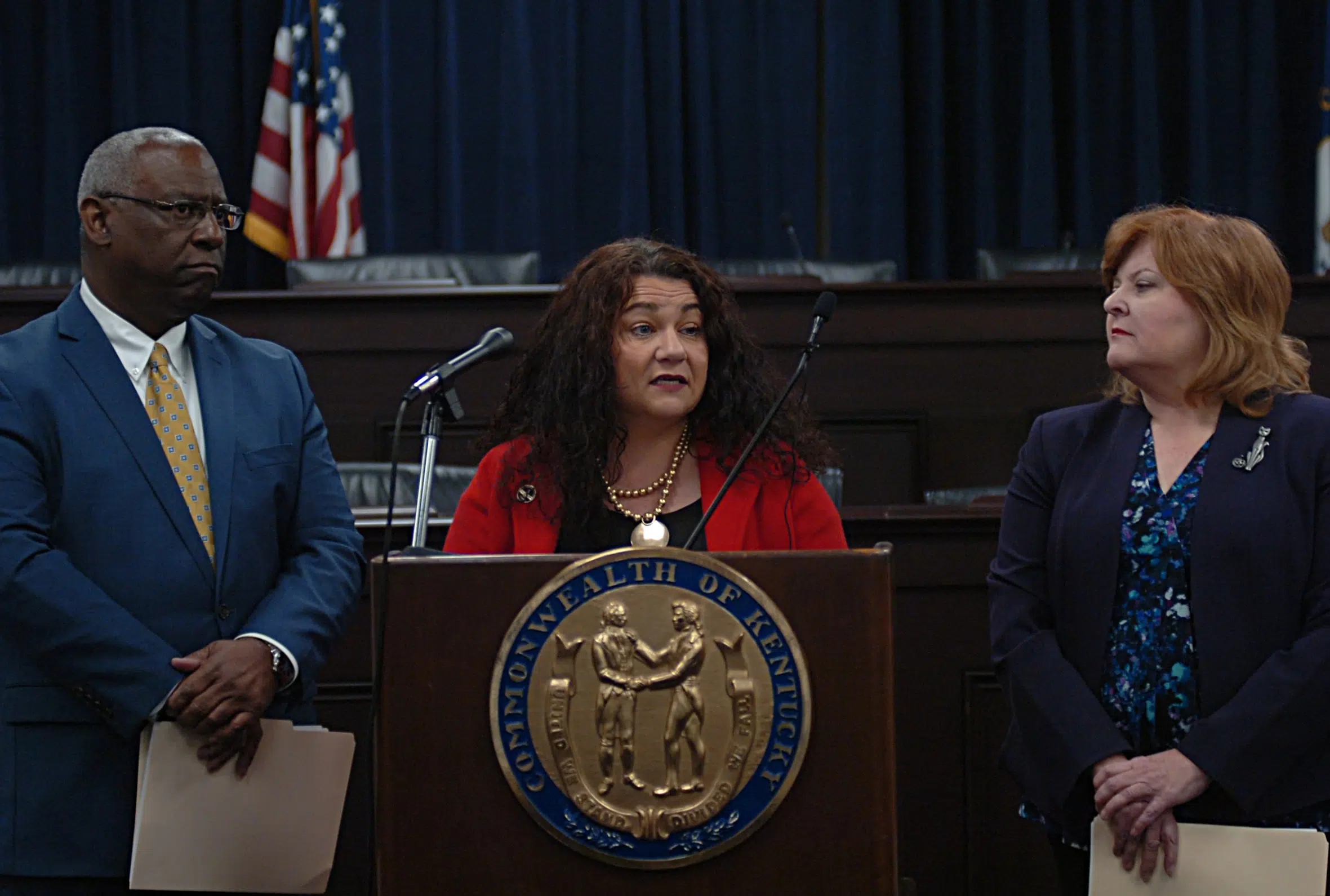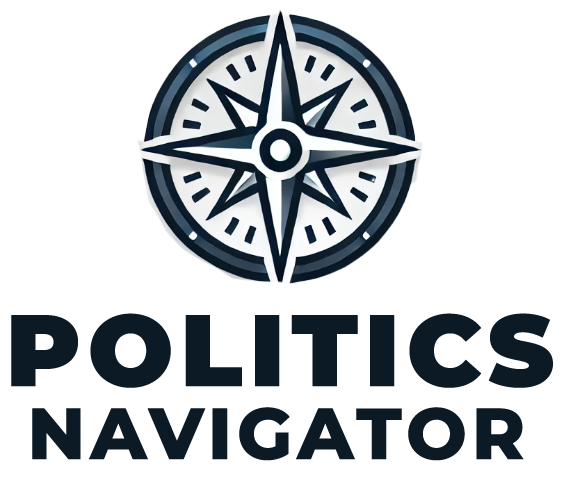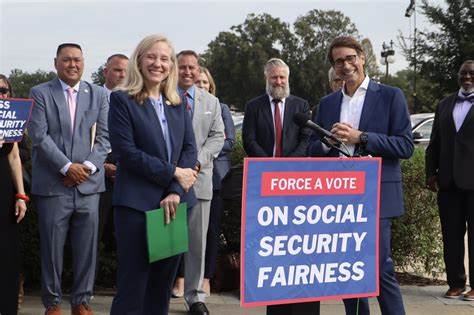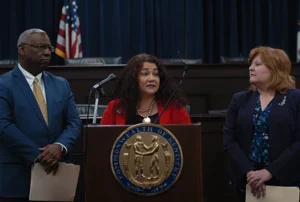In a landmark decision on June 28, 2024, the U.S. Supreme Court overturned Chevron deference, a legal doctrine that has allowed federal agencies to interpret ambiguous statutes for the past 40 years. The ruling, decided in a 6-3 and 6-2 split, has sparked widespread debate about its implications for regulatory authority, judicial oversight, and the balance of power among branches of government.
This blog examines the origins of Chevron deference, the Supreme Court’s reasoning for overturning it, and the potential consequences for federal agencies, environmental safeguards, and public policy.
What Is Chevron Deference?
Established in the 1984 case Chevron v. Natural Resources Defense Council, the doctrine required courts to defer to federal agencies’ interpretations of ambiguous laws, as long as the interpretation was reasonable.
How Chevron Worked
- Step 1: Courts determined if the statute in question was ambiguous.
- Step 2: If ambiguous, courts deferred to the agency’s interpretation, provided it was reasonable.
Chevron deference bolstered agencies’ regulatory authority, allowing subject-matter experts to craft policies on issues ranging from environmental protections to labor standards.
The Supreme Court’s Decision
The cases leading to Chevron’s demise were brought by herring fishing operators from New Jersey and Rhode Island. The operators challenged a National Oceanic and Atmospheric Administration (NOAA) rule requiring them to pay for federal monitors aboard their vessels.
After lower courts upheld the NOAA rule based on Chevron deference, the Supreme Court took up the cases and struck down the precedent.
Majority Opinion
Chief Justice John Roberts, writing for the conservative majority, argued that:
- Judicial Duty: Courts must independently interpret statutes without deferring to agencies.
- Separation of Powers: Deference to agencies undermines the judiciary’s role and gives excessive power to the executive branch.
- Statutory Clarity: Every law has a “single, best meaning” that courts are obligated to determine.
“Courts understand that such statutes, no matter how impenetrable, do — in fact, must — have a single, best meaning,” Roberts wrote.
Dissenting Opinion
Justice Elena Kagan, joined by the Court’s liberal justices, warned that overturning Chevron would:
- Undermine Expertise: Agencies, not courts, have the technical knowledge to interpret complex statutes.
- Weaken Safeguards: Regulatory protections in areas like public health and climate change could be jeopardized.
- Increase Judicial Power: Judges with no subject-matter expertise would wield more influence over policy decisions.
“A rule of judicial humility gives way to a rule of judicial hubris,” Kagan wrote.
Implications of the Ruling
The decision to overturn Chevron deference reshapes the regulatory landscape, with significant consequences for federal agencies, businesses, and the public.
1. Reduced Agency Authority
Federal agencies like the Environmental Protection Agency (EPA) and Food and Drug Administration (FDA) will face stricter judicial scrutiny. Courts, rather than agencies, will have the final say on ambiguous laws.
2. Impact on Regulatory Protections
Liberal groups and environmental advocates fear the ruling will undermine critical safeguards:
- Environmental Protections: Agencies may struggle to enforce clean air and water regulations.
- Public Health: Rules on food safety, pharmaceuticals, and workplace safety could be weakened.
Manish Bapna, president of the NRDC Action Fund, called the decision a “triumph for corporate polluters” and a setback for environmental and public health protections.
3. Shift in Power Dynamics
- Judicial Power: Courts gain more authority to interpret ambiguous laws, potentially increasing the influence of partisan judges.
- Legislative Responsibility: Congress may need to draft clearer, more detailed laws to guide regulatory actions.
Support and Criticism
The decision has drawn praise from conservatives who view Chevron deference as a symbol of unchecked bureaucracy, while liberals see it as a blow to effective governance.
Conservative Perspective
- Senate Republican Leader Mitch McConnell:
“The Constitution vests Congress with the sole authority to make law. This ruling reaffirms that authority and curtails the overreach of unelected bureaucrats.”
- Attorney Roman Martinez:
“This is a win for individual liberty and the Constitution. The Court has taken a major step to shut down unlawful power grabs by federal agencies.”
Liberal Perspective
- Justice Elena Kagan:
“Agencies are more politically accountable and have greater technical expertise in a given issue than courts.”
- Rep. Raúl Grijalva:
“Our most fundamental protections will now be at the whim of individual judges, many of whom are far-right ideologues.”
A Future Without Chevron
The long-term effects of overturning Chevron deference will depend on how courts handle the newfound responsibility of interpreting ambiguous statutes.
Potential Scenarios
- Increased Legal Challenges: Businesses and advocacy groups may challenge more agency rules, leading to prolonged litigation.
- Legislative Clarity: Congress may be forced to draft more precise laws to avoid ambiguity.
- Erosion of Safeguards: Regulations protecting public health, the environment, and consumer rights could face heightened vulnerability.
The Supreme Court’s decision to overturn Chevron deference marks a seismic shift in the balance of power between federal agencies and the judiciary. While conservatives celebrate the rollback of perceived bureaucratic overreach, critics warn of weakened regulatory protections and greater uncertainty in governance.
As federal agencies navigate this new reality, the decision underscores the importance of clear legislative guidance and the enduring tension between expertise and accountability in American democracy.











